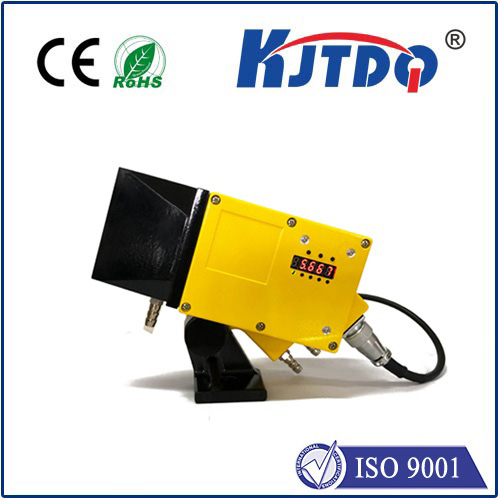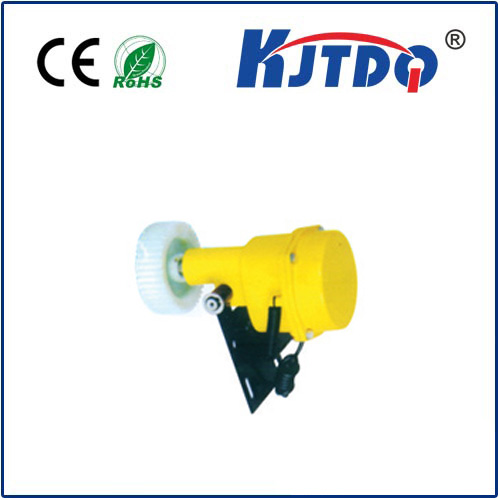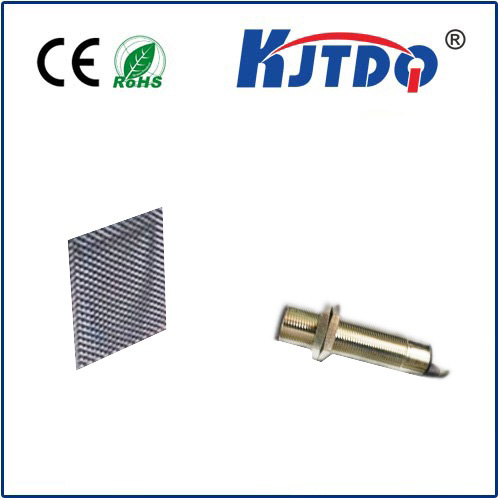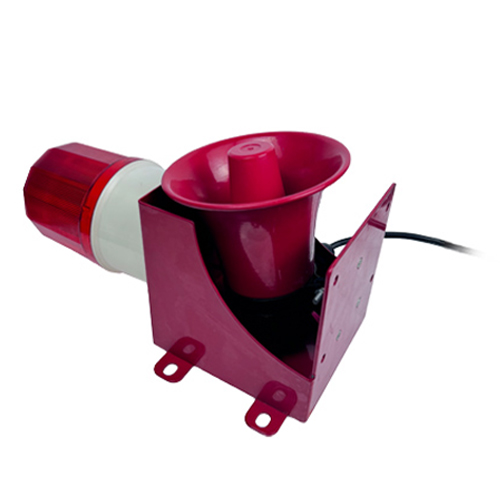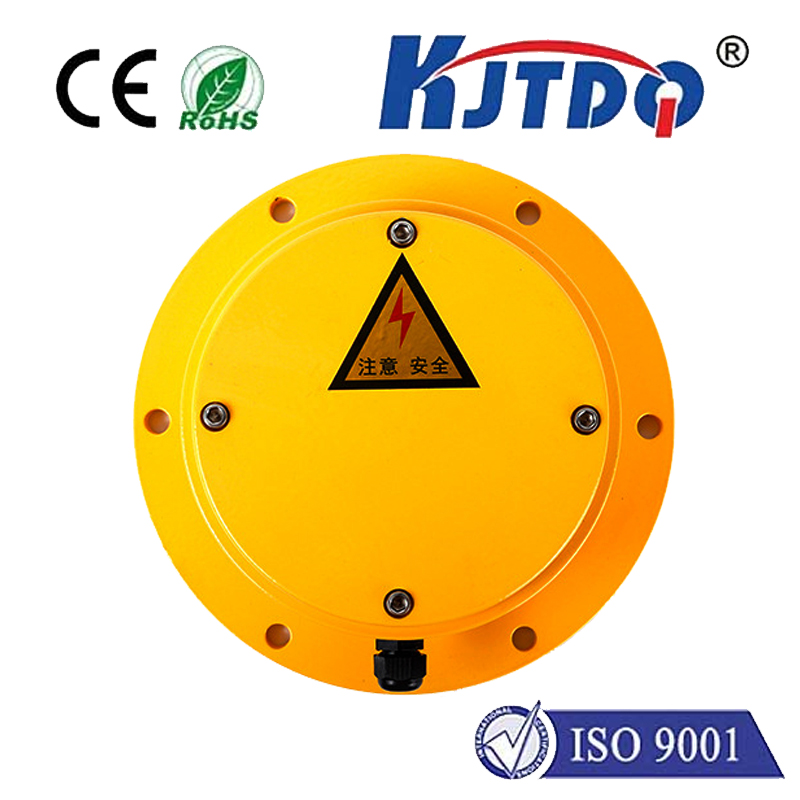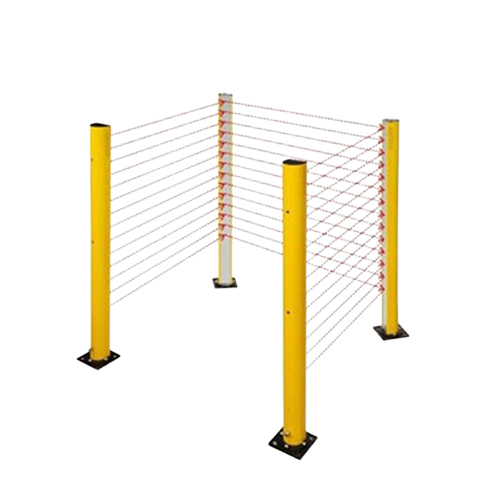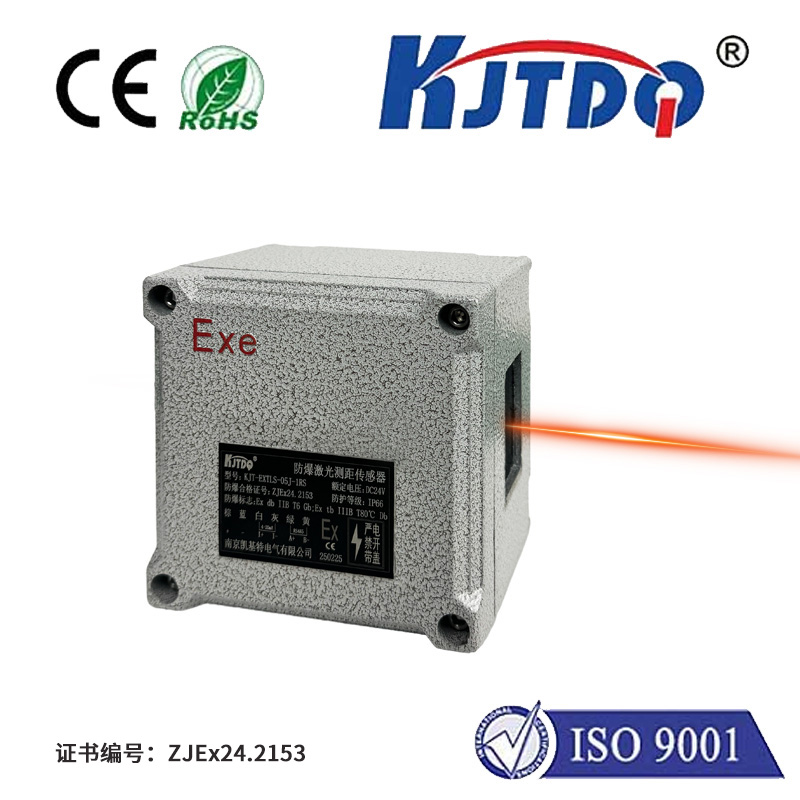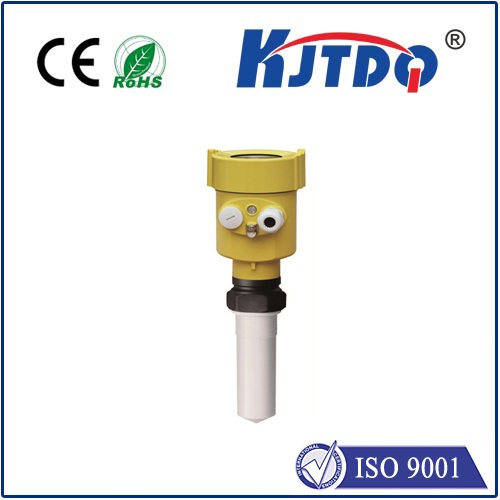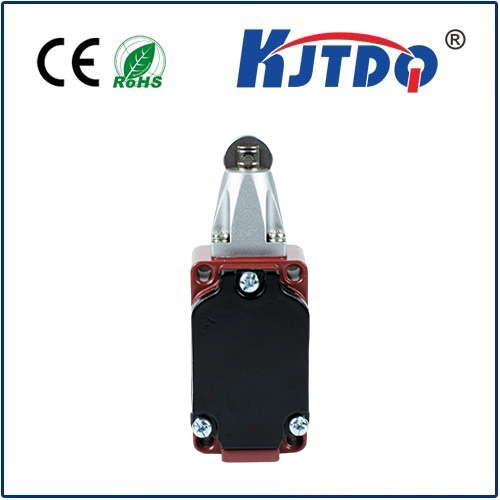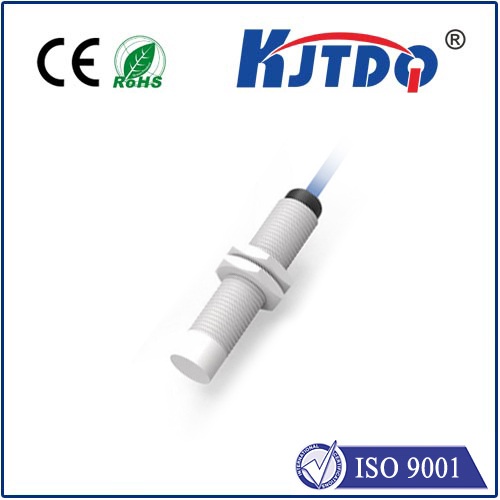

check

check

check

check
Imagine a critical point on your automated packaging line, where boxes must be detected precisely to trigger the next sealing sequence. A sensor fails, misses a box, and chaos ensues – jams, downtime, lost productivity. Reliable detection isn’t just convenient; it’s fundamental to efficient and profitable operations. This is where specialized components like the E3FC-DN16 2M Reflective Photoelectric Beam Sensor shine, offering robust, accurate performance specifically designed for industrial environments. Understanding its capabilities helps unlock smoother, more dependable automation across numerous applications.
At its core, an E3FC-DN16 is a reflective photoelectric sensor. This means it functions by emitting a light beam (typically infrared or visible red) from its integrated emitter. The critical distinction of a reflective model is its reliance on a reflector. Instead of requiring a separate receiver unit opposite the emitter (like a through-beam sensor), the E3FC-DN16 houses both emitter and receiver in a single housing. The emitted beam travels towards a special, highly efficient retro-reflector target installed opposite the sensor. When an object interrupts the beam path between the sensor and the reflector, the beam fails to bounce back to the receiver. This interruption is detected, signaling the presence of the object. This design significantly simplifies installation and wiring compared to through-beam sensors, needing only power and signal connections at a single point and the reflector mounted opposite.
The “2M” designation is crucial: it signifies an impressive 2-meter (approximately 6.5 feet) sensing range. This extended reach empowers the sensor to detect objects effectively across wider conveyor belts, pathways, access points, or machinery gaps. Applications requiring detection at a distance – such as monitoring pallet positions on large racks, verifying the height of large objects entering a zone, or safeguarding entryways to potentially hazardous areas – benefit immensely from this capability. The E3FC-DN16 bridges the gap where shorter-range sensors fall short and where the complexity of long-range through-beam setups is undesirable.

As part of the proven photoelectric sensor lineup from Omron (identified by the ‘E3FC’ series prefix), the DN16 model incorporates several features essential for industrial resilience. The compact, cylindrical M12 threaded barrel housing (DN16 size) offers easy mounting and integration into standard industrial fixtures. Its robust construction is designed to withstand the rigors of factory floors, including resistance to common environmental challenges like dust, dirt, oil splashes, and vibration. This durability ensures consistent operation and minimizes maintenance needs, contributing directly to increased uptime in demanding settings.
A key technological advantage often found in sensors like the E3FC-DN16 is the use of a polarized retro-reflective system. Standard reflectors bounce light back directly along its incident path. However, shiny objects (like polished metal surfaces, glass, or even liquid) can also reflect the emitted light back to the receiver, potentially causing false detections. Polarized retro-reflective systems combat this effectively. The sensor emits polarized light. The specialized reflector is designed to rotate the polarization of the light upon reflection. The sensor’s receiver incorporates a polarizing filter oriented to only accept light with this rotated polarization. Ambient light or reflections from shiny objects (which typically don’t rotate the polarization correctly) are filtered out, ensuring detection occurs only when the beam path to the actual reflector is broken. This dramatically enhances reliability and prevents costly errors in applications involving reflective targets or backgrounds.
The intrinsic benefits of photoelectric beam sensors, especially the reflective type like the E3FC-DN16, make them indispensable in modern automation. They excel at detecting objects without physical contact, eliminating wear and tear and enabling high-speed detection suitable for fast-moving assembly or packaging lines. Their beam-based detection is highly precise, capable of sensing even very small objects or subtle position changes, unlike some proximity sensors. Flexibility is another hallmark, as adjustments to sensitivity or mounting angles allow optimization for diverse target colors, materials, and orientations.
So, where does the E3FC-DN16 2M Reflective Photoelectric Beam Sensor prove its worth? Its combination of robustness, reliable 2-meter sensing range, and polarized retro-reflective technology makes it ideal for numerous industrial tasks:
When selecting sensors for demanding automation tasks requiring reliable object detection at a distance, the E3FC-DN16 2M Reflective Photoelectric Beam Sensor presents a compelling solution. Its streamlined single-unit design simplifies installation and logistics compared to through-beam systems. The substantial 2-meter range addresses applications beyond the reach of smaller sensors, while the sophisticated polarized retro-reflective technology provides exceptional immunity to false triggers caused by challenging backgrounds or targets. Built for the rigors of the industrial environment, this photoelectric sensor delivers the combination of accuracy, reliability, and durability essential for maintaining smooth, efficient, and interruption-free operations across a wide spectrum of manufacturing and material handling scenarios.
